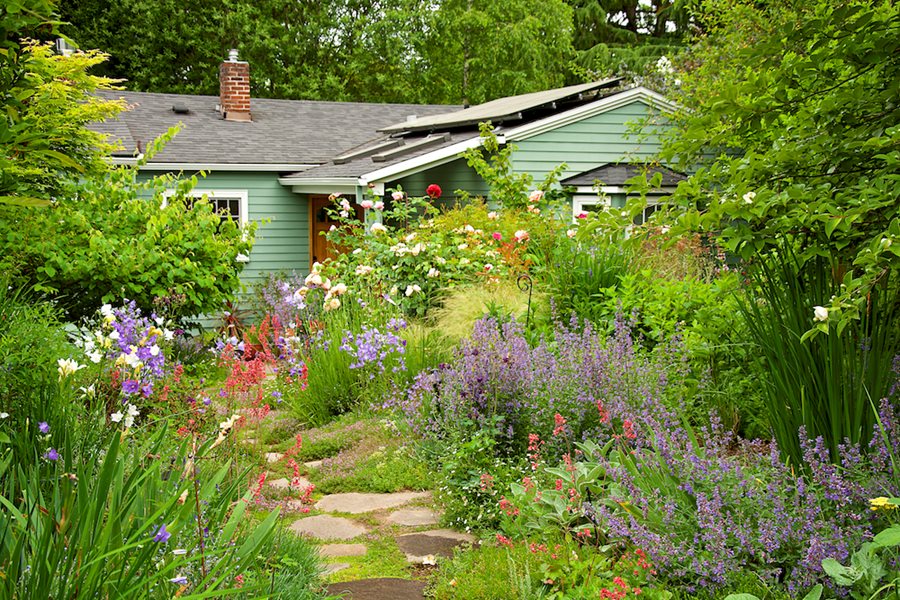Add Flowers And Fragrance To Your Turf
Adding wildflowers to your turf is an easy way to add color and fragrance to your yard. Wildflowers are hardy, low-maintenance plants that will add a splash of vibrant colors to any lawn or garden. They come in many varieties and can be found blooming throughout the year.
Create A Wildflower Lawn From Scratch
Creating a wildflower lawn from scratch is an easy and rewarding process. It only takes a few steps to turn your ordinary green grass into a beautiful field of native plants. Here’s how:
Choose the Right Location
When planting wildflowers, it’s important to select an area that has plenty of sunlight and well-drained soil for optimal growth. A sunny spot in your yard or garden is ideal for wildflowers. Avoid areas with lots of shade or low spots as these areas can be prone to standing water which can harm the plants.
Contact Turf Medic for wildflower lawn maintenance.
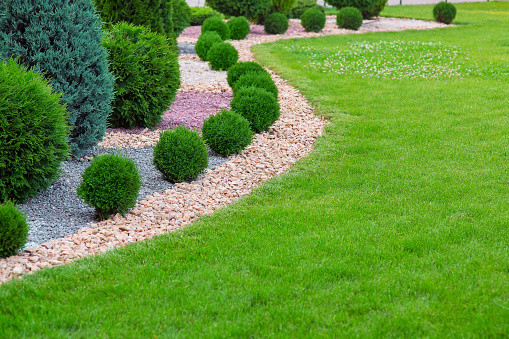
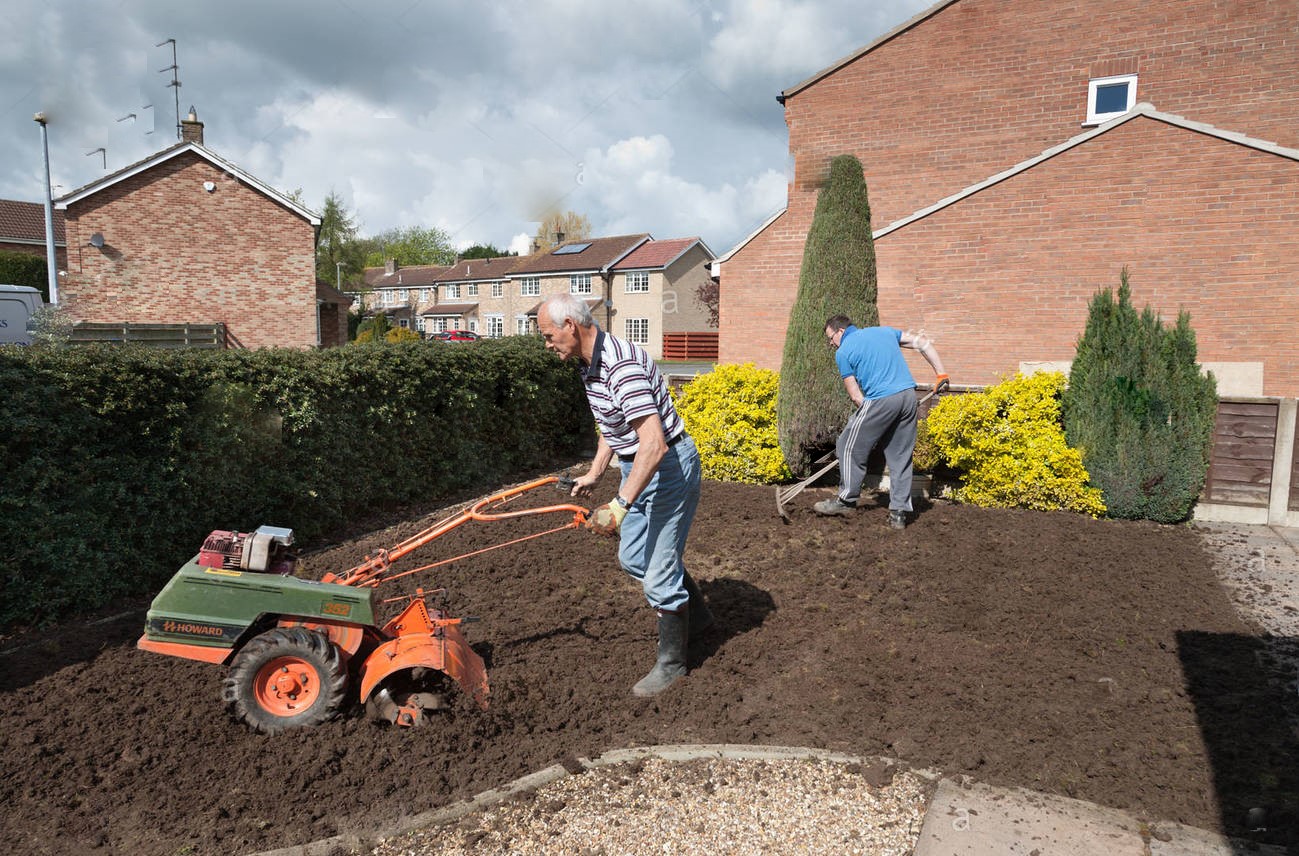
Preparing the Soil
Wildflowers don’t require much preparation, but preparing the soil before planting will help your wildflower lawn thrive. Loosen and aerate the soil by tilling it with a garden fork or rototiller to encourage better root growth. Remove any weeds or debris from the area as well.
Plant in Groups
When planting wildflowers, it’s important to plant them in groups rather than individual plants. This will help ensure a more even cover of flowers and create a more beautiful display. Aim for about 8-10 plants per square foot for best results.
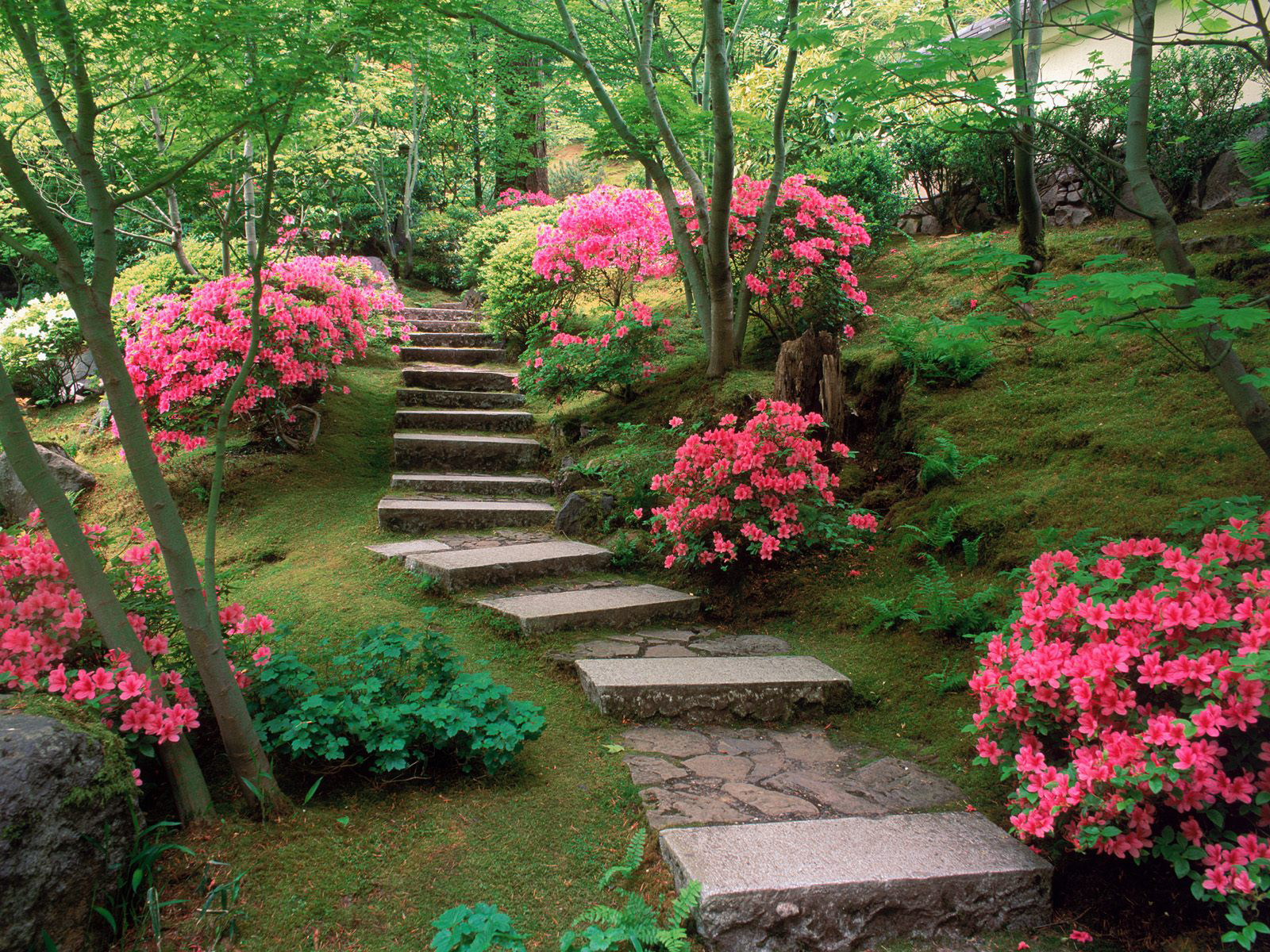
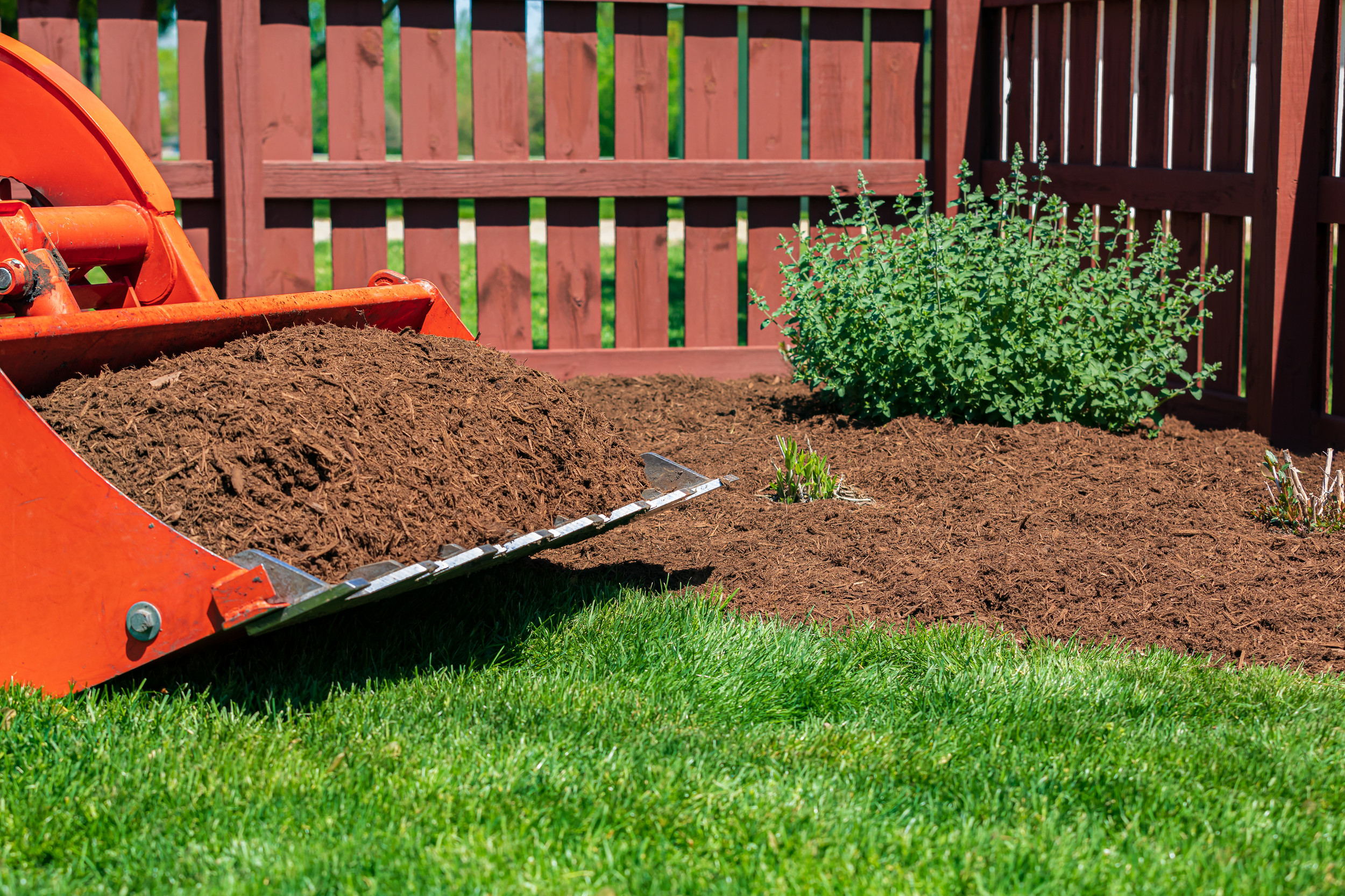
Mulch the Soil
Once you’ve planted your wildflowers, cover the soil with a light layer of mulch. This will help retain moisture and keep weeds from taking over. Make sure to leave enough space around each plant so that it can get plenty of sunlight and air circulation.
Watering
Wildflowers need regular watering for optimal growth and blooming. Aim for about an inch of water per week, either from rain or from a hose. Be sure to water evenly throughout the area and avoid wetting the leaves as this can lead to mold and mildew.
Creating a wildflower lawn is a great way to add beauty and color to any landscape. With just a little bit of effort, you’ll be able to enjoy the vibrancy of wildflowers all year long.
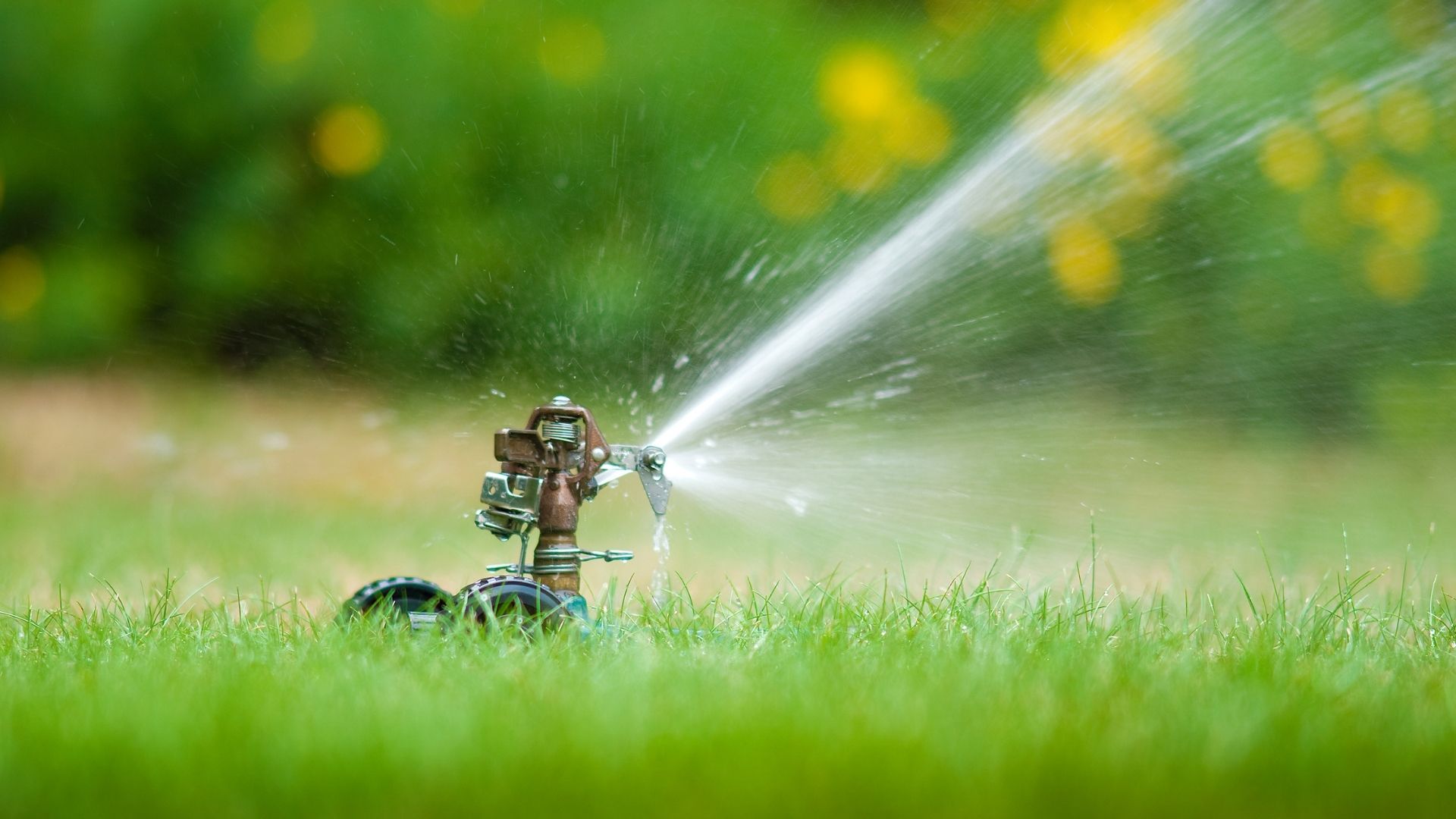
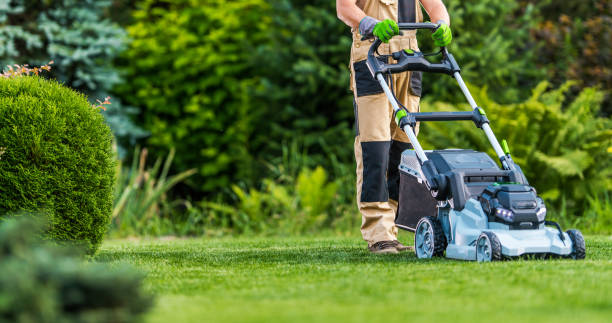
Maintenance
Wildflower lawns require very little maintenance. Once established, they should only need occasional watering and weeding. Deadheading or trimming off spent flowers is also recommended to encourage new blooms and promote a fuller, healthier look. Properly maintained, wildflowers can provide years of beauty and enjoyment.
How To Prepare The Ground For Sowing Wild Flower Seeds In An Existing Lawn
If you have an existing lawn, you may be wondering how to prepare the ground for sowing wildflower seeds. Planting wildflowers in a preexisting lawn can be a great way to bring more vibrant beauty and life into your landscape. But if done incorrectly, this could lead to years of extra work trying to keep the flowerbeds looking their best.
When preparing your lawn for sowing wildflower seeds is to understand the environment of your lawn. You should take into consideration how much sun and water it gets, what type of soil it has, and any other factors that may affect its growth. Once you have a good understanding of the conditions that exist within your lawn, you can begin to prepare the ground for sowing. The first step is to mow down the existing grass as close as possible. This will enable you to work more easily with the soil and create a good seedbed for planting wildflowers. After mowing, you can use either a rototiller or a spade fork to loosen up the soil and remove any debris. This will help create a more even surface that the wildflower seeds can easily attach to and take root. Once you have loosened up the soil, it is important to add some organic matter such as compost or manure to give your wildflowers the nutrients they need to grow healthy. Once you have added organic matter, mix it into the soil with a spade fork or rototiller.
Finally, you should use a rake to create an even surface that is ready for sowing your wildflower seeds. Make sure the soil is not too compacted and that there are no rocks or other debris in the way. Once you have finished raking the surface, it is time to sow your wildflower seeds!
What Is A Wildflower Meadow
A wildflower meadow is a piece of land that has been left undisturbed to allow nature to take its course. This type of environment is often home to many different species of wildflowers and other native plants, providing food and shelter for wildlife like birds, insects, and small mammals. The bright colors of the flowers add beauty to the landscape and attract pollinators like bees and butterflies.
Wildflower meadows come in a variety of sizes and shapes, depending on the type of flowers chosen for planting. They can be created by sowing seed or planting individual plants, which will then spread over time to create a larger meadow. Once established, wildflower meadows require only minimal maintenance to ensure that they stay healthy.
In addition to their beauty, wildflower meadows can bring a variety of benefits to the local environment and community. By increasing biodiversity and providing habitat for wildlife such as birds and butterflies, they help create more vibrant ecosystems that people can enjoy. They also reduce soil erosion, allowing water to be absorbed into the ground rather than running off, helping to keep water clean and preventing flooding. Finally, wildflower meadows also act as natural air filters, helping to reduce levels of air pollution in the area. Whether you choose to plant one yourself or seek professional help from an experienced gardener, adding a wildflower meadow to your outdoor space can be a wonderful way to bring the beauty of nature into your life.
Transforming A Grass Lawn Into A Wildflower Meadow
Transforming your lawn into a wildflower meadow doesn’t have to be difficult or time-consuming. With the right tools and resources, you can easily turn your grassy field into a vibrant, colorful landscape that will be the envy of all who see it. Here are some simple steps to get started:
1. Selecting The Right Plant Species
Before you begin transforming your lawn into a wildflower meadow, you’ll need to decide which species of flowers and grasses will best suit your needs. Consider the climate in which you live so that you can choose plants that are well-suited for local conditions. Choose both annuals (plants that bloom just once a year) and perennials (plants that can bloom for up to three years) for maximum color.
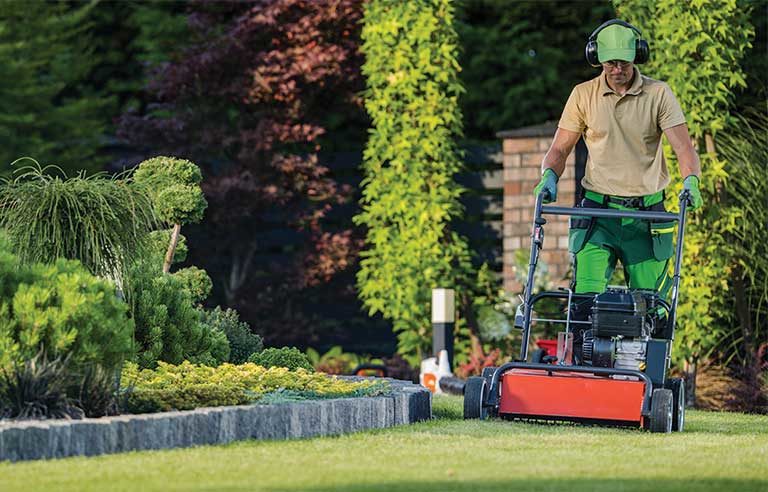
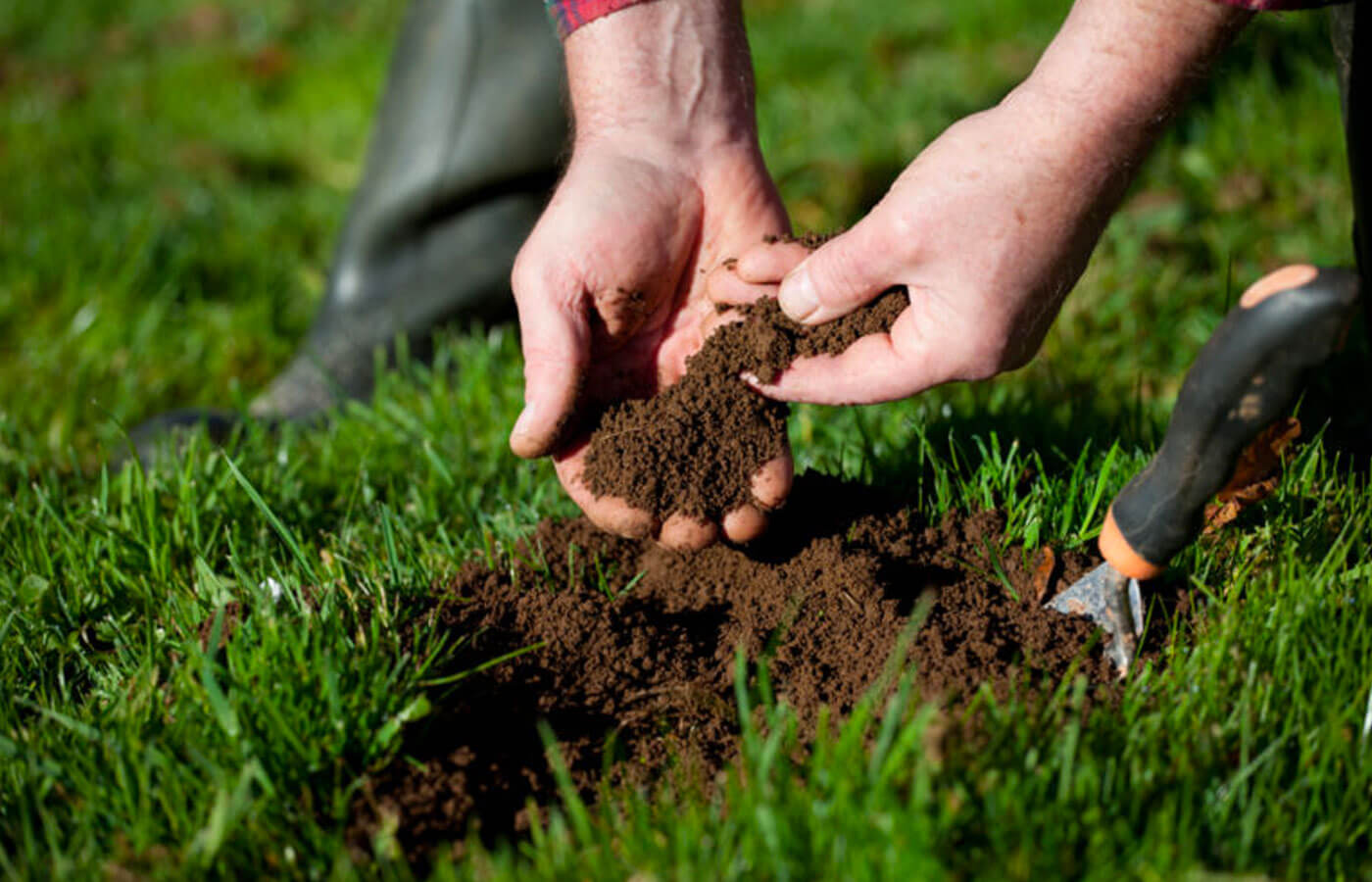
2. Preparing The Soil
Once you’ve chosen the plants, you’ll want to make sure that the soil is ready and able to support them. Loosen the top layer of grass so that your new plants have plenty of room to grow and spread out. You’ll also need to fertilize the soil and add compost or other organic material to make sure your new meadow has all of the nutrients it needs.
3. Planting The Wildflowers
When you’re ready, it’s time to start planting your wildflower seeds! Make sure that you spread them out evenly across the lawn in order to get a balanced meadow. Cover them lightly with soil and water well. If the temperature is hot, you may need to water more frequently in order to keep your plants hydrated.
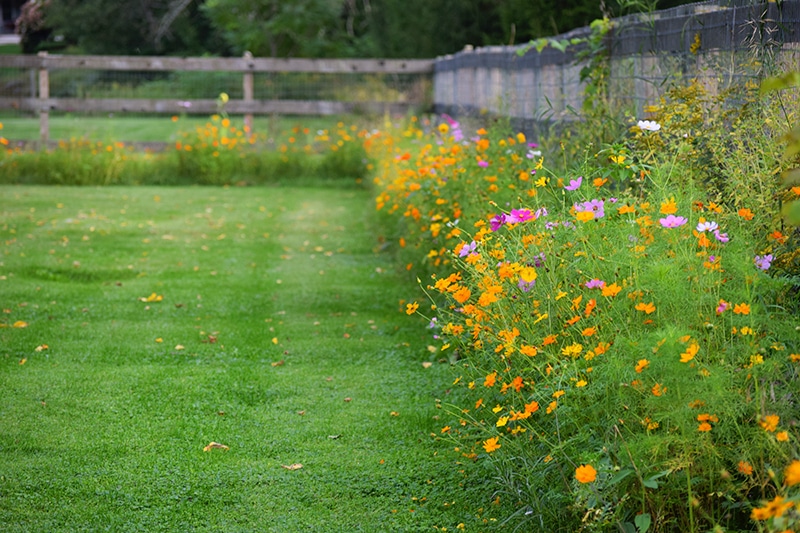
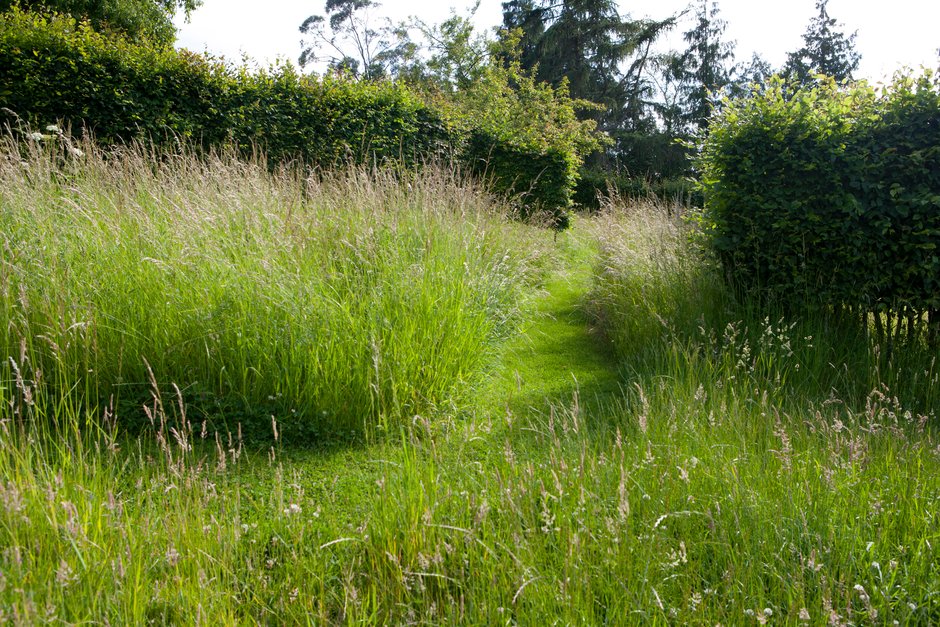
4. Maintaining The Meadow
Once you’ve planted the wildflowers, it’s important to make sure that they are properly maintained in order to foster their growth and bloom. This means mowing the lawn regularly, removing weeds from the area, and providing adequate water during dry periods.
Types Of Wildflowers
Wildflowers are an integral part of any lawn or garden. There are many different types of wildflowers you can choose from to create a beautiful and unique landscape. Here is a look at some of the popular varieties and how they can be used in your outdoor space:
Annuals
Annuals are wildflowers that bloom once a year. They are often the most colorful of all wildflowers and can add an extra burst of color to your outdoor space. Popular varieties include cornflower, forget-me-nots, marigolds, and poppy.
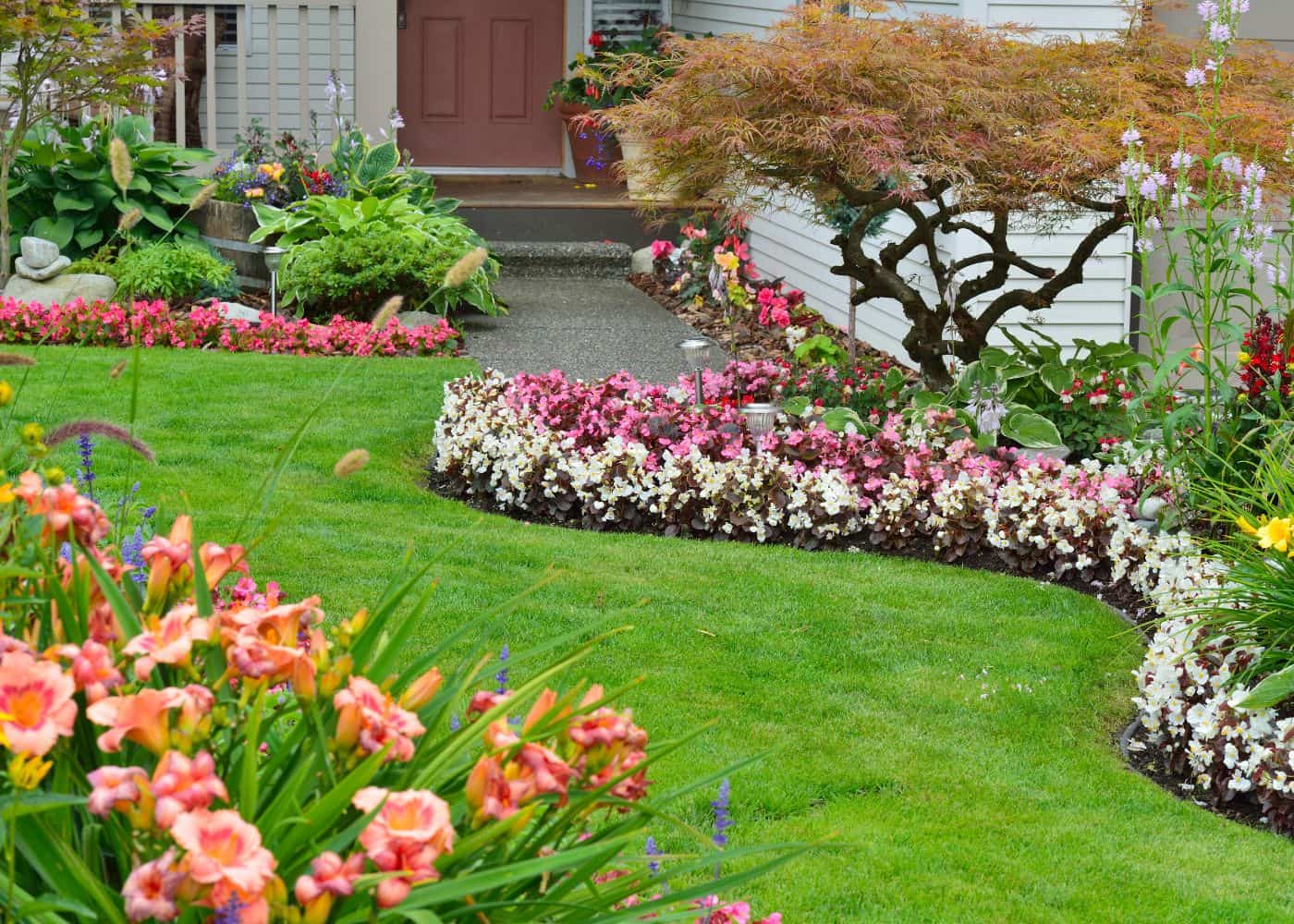
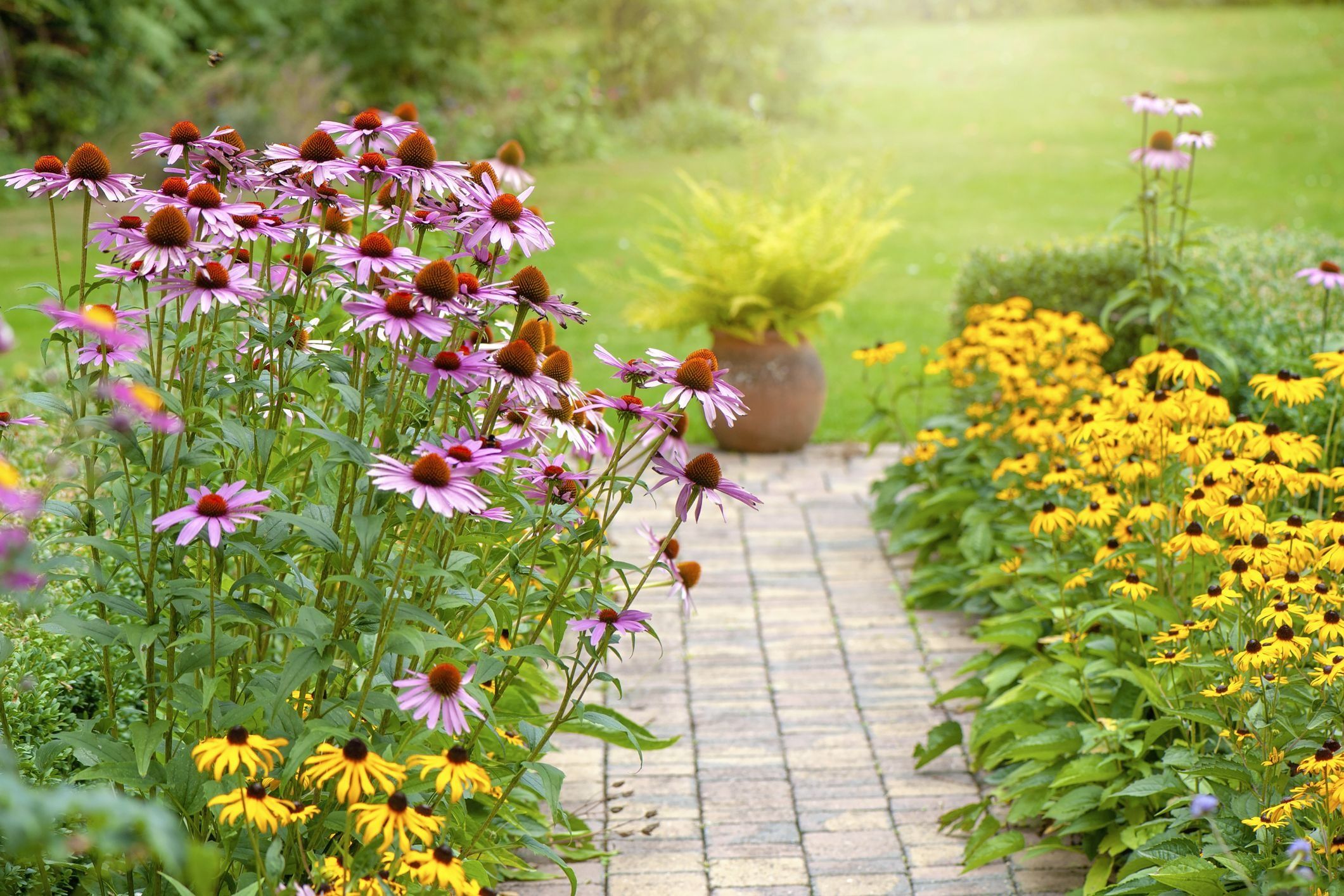
Perennials
Perennials are hardy wildflowers that bloom for several years in a row. They are often more subtle than annuals, but can create a long-lasting display of color. Popular varieties include daisies, bellflowers, violets and daffodils.
Biennials
Biennials are wildflowers that take two years to complete their life cycle. During the first year they grow leaves and store food for flowering. During the second year, they bloom and then die off. Popular varieties of biennials include foxglove and hollyhock.
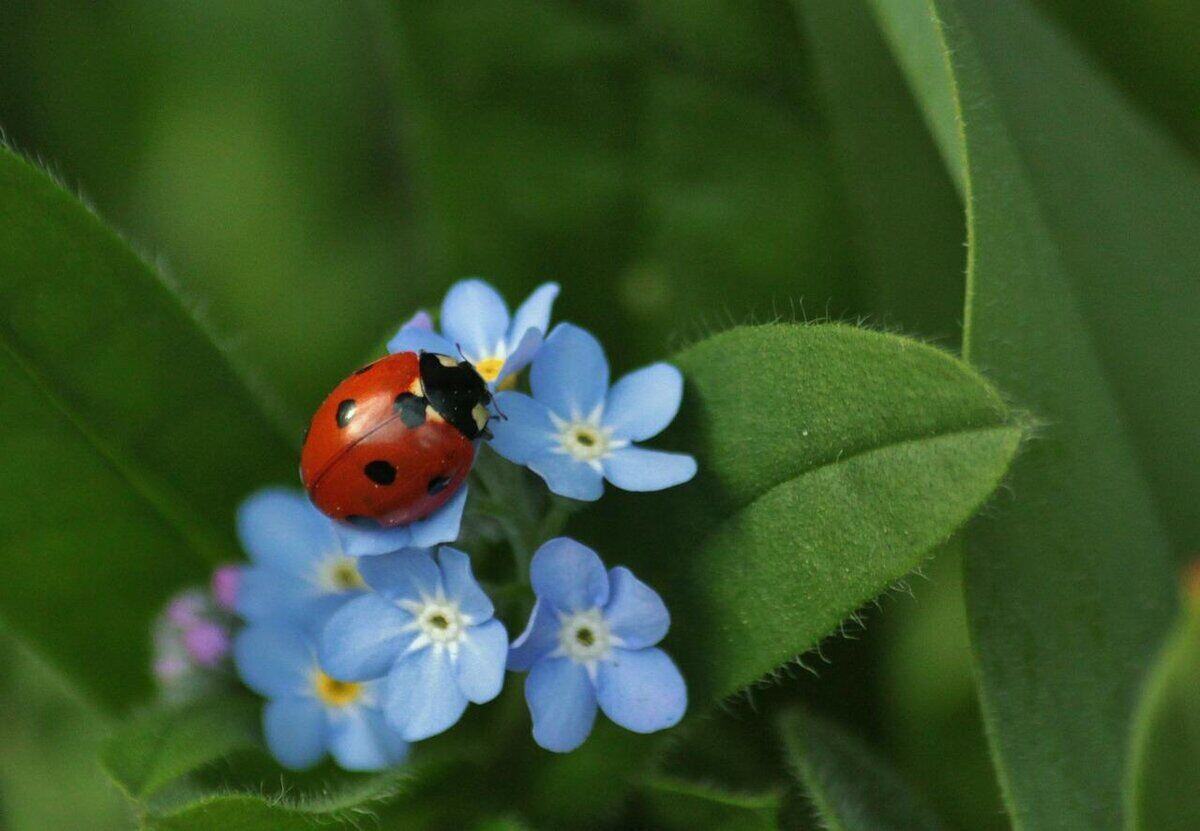
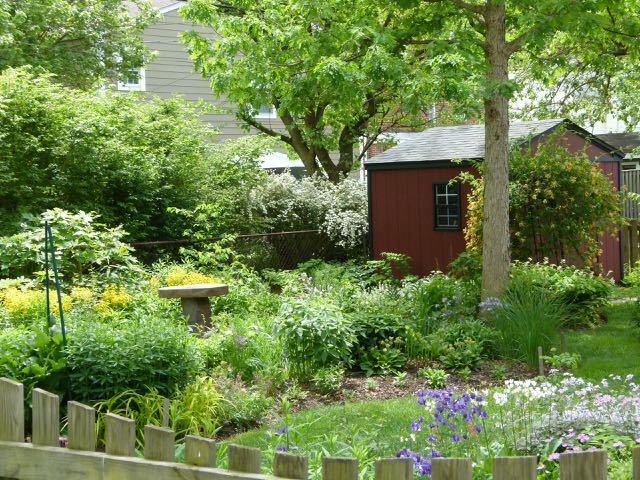
Native Wildflowers
Native wildflowers are those that grow naturally in your area. They usually take well to the local climate and don’t require a lot of maintenance. Popular native varieties include black-eyed susans, Indian blanket flower and evening primrose.
Get Professional Help
If you are still unsure about the cause of the problem, or if it seems to be more serious than you can handle, seek professional help from a lawn care specialist. They will be able to accurately diagnose your lawn and recommend a course of action that will get your lawn back on track.
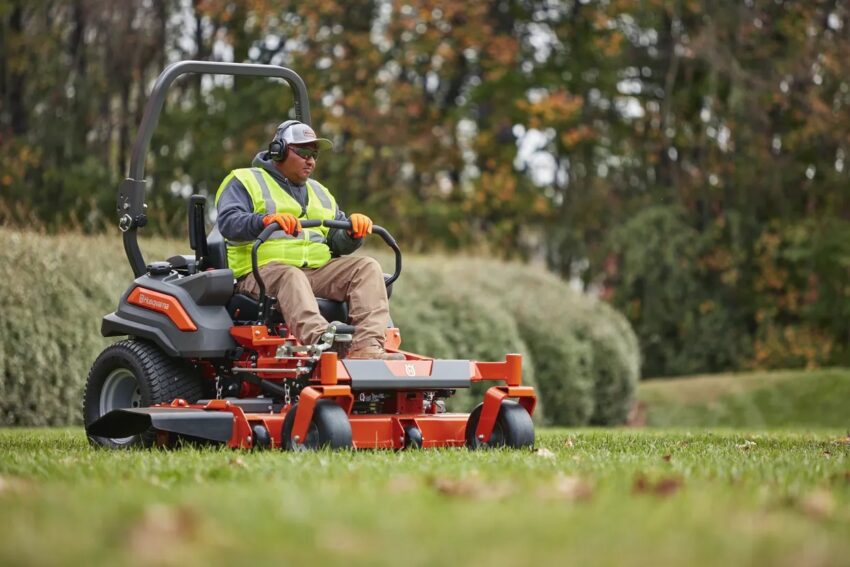
How To Choose The Right Seeds Of Flowers
Choosing the right seeds of flowers can be a daunting task. There are many different types of flowers, and each type has its own unique characteristics and requirements when it comes to planting. Here are some essential tips to help you get started with choosing the best flower seeds for your garden:
- Consider the climate in which you live—different types of flowers thrive in different climates. Make sure you understand your local climate and choose flowers that will be able to tolerate the temperature ranges and amount of sunlight available in your area.
- Think about the type of soil you have—flowers need good quality soil with plenty of nutrients in order to grow well. Knowing what kind of soil you have can help you determine which types of flowers will thrive in your garden.
- Understand the growing process—it’s important to know when and how often you need to water, fertilize, and prune your flowers in order for them to reach their full potential. Take some time to research the individual flower species so you know exactly what’s expected of you as a gardener.
- Choose the right type of seed—many flower seeds come in different sizes, shapes, and colors. Consider the specific requirements for each type of flower before picking out the perfect seeds. Make sure to shop from a reliable source so you know you’re getting high-quality seeds that will help your garden flourish!
- Pick plants that fit your lifestyle—if you’re looking for a low-maintenance option, opt for flowers that are able to survive with minimal watering and pruning. If you have more time on your hands and want bigger, showier blooms, consider planting ones that require more attention.
With these tips in mind, you’ll be well on your way to choosing the perfect flower seeds for your garden! Just remember to do your research and pick plants that are best suited for the climate you live in. Good luck with your gardening journey!
Types Of Soil And Species Of Wildflowers That Grow In Them
Wildflowers can be found in a variety of different types of soil. With the right conditions, and species of wildflower, these soils can provide the ideal environment for their growth and development. The three major types of soil are sand, loam, and clay. Sand has large particles that allow water to pass through quickly but does not retain nutrients well. Loam, a combination of sand, silt, and clay particles, has the best of both worlds; water is able to pass through while also retaining important nutrients for growth. Lastly, clay soil has small particles that are tightly packed together and can often be difficult to work with.
The types of wildflowers that grow in each type of soil vary depending on the climate, soil pH levels, and other environmental conditions. For example, a wildflower that prefers sand might not necessarily be able to survive in loam or clay.

Sandy Soils
In sandy soils, species such as dune evening primrose (Oenothera humifusa), beach sunflower (Helianthus debilis), and seaside coreopsis (Coreopsis maritima) typically thrive. These wildflowers are adapted to the nutrient-poor environment of sandy soils and have developed deep roots that allow them to search for moisture and nutrients.
Loamy Soil
In loamy soil, species such as yarrow (Achillea millefolium), coneflowers (Echinacea spp.), and black-eyed Susan (Rudbeckia hirta) usually grow best. Loamy soil is great for growing wildflowers because of its combination of sand, silt, and clay particles that provide the ideal environment for a variety of species.
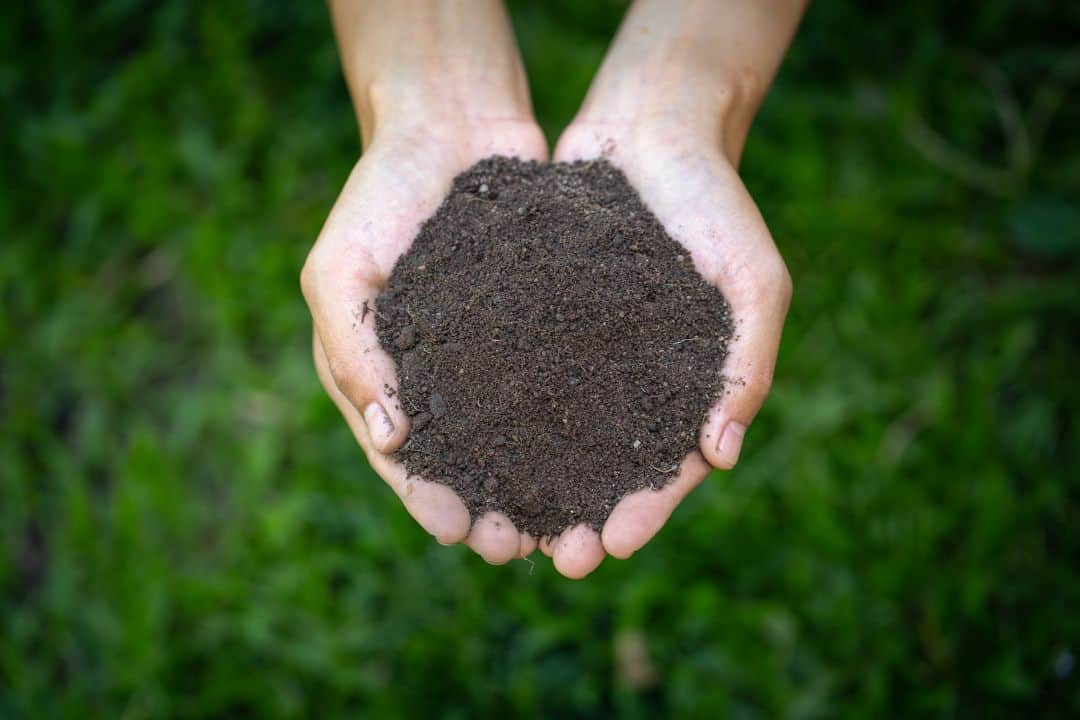
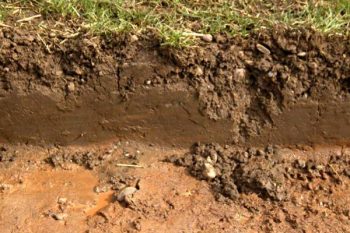
Clay Soils
In clay soils, species such as purple coneflower (Echinacea purpurea), Indian paintbrush (Castilleja coccinea), and bee balm (Monarda didyma) may be found. Clay soils are known for their dense particle structure and water-retention capabilities, making them perfect for wildflowers that require a lot of moisture and nutrients to grow.
No matter what type of soil you have, there is likely a species of wildflower that can thrive in it! With the right conditions, and species of wildflower, these soils can provide the ideal environment for their growth and development. By understanding the needs of different wildflowers, gardeners can create a beautiful landscape filled with vibrant blooms.
How To Establish Your Wildflower Lawn Through The Seasons
It’s always a good time to plant wildflowers, but there are certain seasons that bring out the best in them. Whether you’re planting for the first time or just want to refresh your existing lawn, this guide will help you plan and prepare your wildflower garden for each season of the year!
Spring
Spring is an ideal time to establish a wildflower lawn. The soil is warm and moist, making it perfect for germination and growth. Before planting your seeds, clear the area of any weeds and debris. If you’re working with an existing lawn, rake away old grass clippings or mulch to expose the soil beneath.
Now that you have prepared your area, you’re ready to plant your wildflower seeds. Sprinkle the seeds evenly across the lawn and give them a light watering. If you have access to a sprinkler system, that can be a great way to keep your lawn hydrated throughout the growing season.

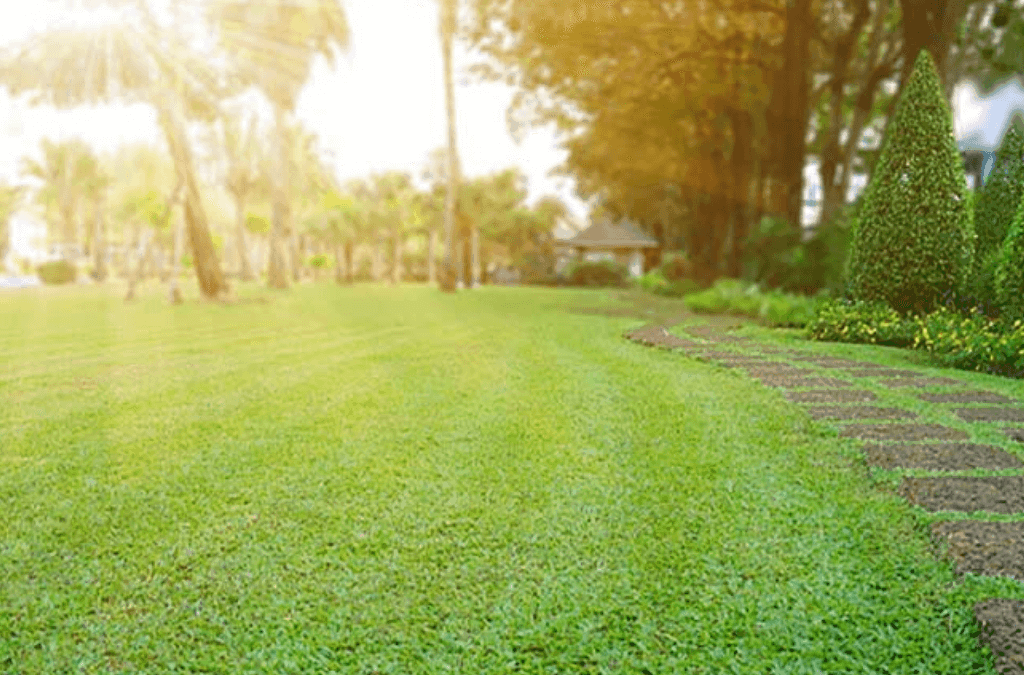
Summer
During the summer months, your wildflowers will reach their fullest potential. However, it’s important to keep your lawn hydrated during this period in order for them to thrive. Water the area regularly and consider adding mulch or compost as a natural fertilizer.
When the flowers start to bloom, you may want to take some extra steps to maintain the health of your wildflower lawn. Deadhead blooms to ensure your lawn is looking its best. You can also remove any weeds that may have started to emerge.
Fall
Fall is a great time for reseeding and refreshing your wildflower lawn. Begin by clearing away any dead foliage or debris from the area. Then, break up the top layer of soil with a rake or tiller to loosen up the soil and improve aeration.
Once the lawn is prepped, add your wildflower seeds and give them a light watering. To ensure that the seeds receive enough moisture, consider adding mulch to help retain water.
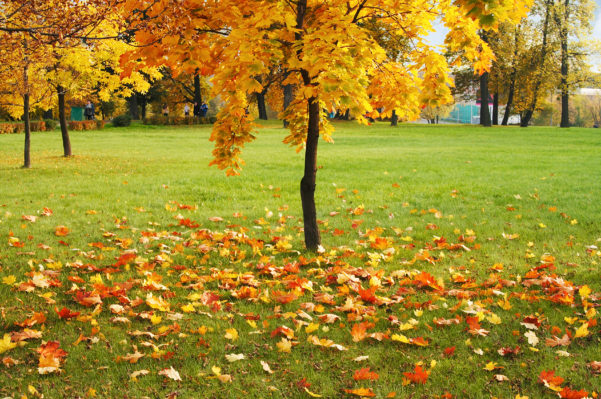
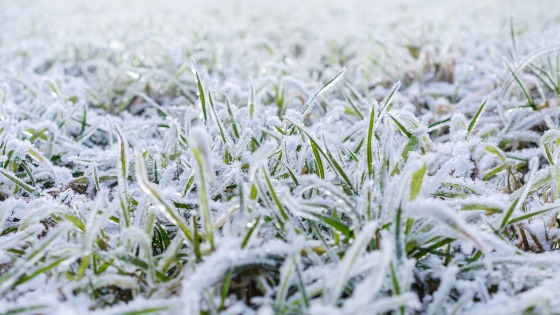
Winter
Winter is an important time for your wildflower lawn, as it needs protection from the cold temperatures and snow. To keep your lawn healthy, spread a thin layer of mulch over it to provide insulation and protect the roots from frost damage.
And there you have it! Following these tips will help you establish and maintain a beautiful wildflower lawn throughout all four seasons of the year. Happy planting!
Frequently Asked Questions
What kind of sun exposure do wildflower lawns need?
Wildflower lawns thrive in full sun or partial shade, so choose a location that offers 6 to 8 hours of direct sunlight per day.
Is soil preparation necessary for establishing a wildflower lawn?
Yes, it is important to prepare the soil before planting your wildflower lawn. Before planting, till the soil to a minimum depth of 6 inches and rake any large clumps or debris from the surface. To improve fertility, consider adding organic matter such as compost or well-rotted manure to your soil.
Can I plant wildflower seeds in existing grass?
Yes, you can plant wildflowers in existing grass, although you may not get the best results. If possible, it is best to create a new space for your wildflower lawn by removing the existing turf and preparing the soil as described above.
How should I water my wildflower lawn?
Watering your wildflower lawn properly is essential for success. After planting, water deeply and slowly to saturate the soil and ensure good seed-to-soil contact for optimal germination. Once established, water regularly (about 1 inch per week) during periods of dry weather.
What other care is necessary for my wildflower lawn?
For best results, mow your wildflower lawn once or twice a year after most of the flowers have gone to seed. This will help keep your lawn looking neat and tidy, while the seeds that remain in place will ensure a steady supply of new plants each year. Additionally, regular weeding can help reduce competition for resources and improve the health of your wildflower lawn.
How long does it take for wildflowers to bloom?
It usually takes 3-4 weeks for wildflowers to germinate and start blooming. Depending on the species, it may take up to a year before your lawn is in full bloom. The good news is that once established, wildflower lawns are low-maintenance and won’t require much additional care.
How long will my wildflower lawn last?
With proper care and maintenance, a wildflower lawn can be enjoyed for many years. To ensure your lawn stays healthy and blooms year after year, keep an eye out for weeds and water regularly during periods of dry weather. With the right care and attention, you can enjoy a beautiful wildflower lawn in your garden for years to come.
Are there native wildflowers I can use to create my lawn?
Yes! Planting native wildflowers is important for creating a sustainable, healthy environment. Look for regional or local sources of seed that offer native species adapted to your local climate. Doing so will help ensure that your lawn is full of beautiful, hardy plants that are perfectly suited for your landscape.

